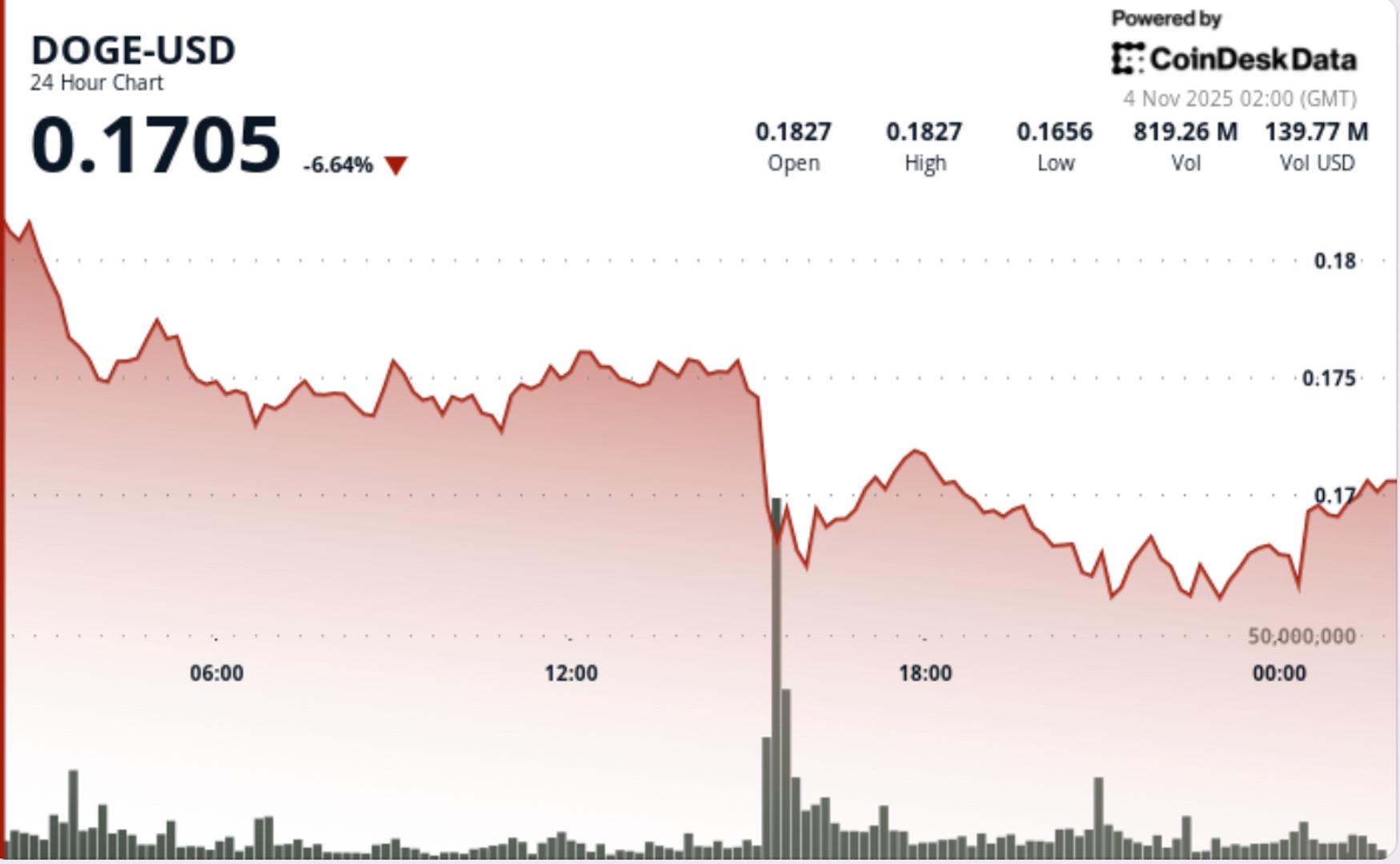Why Hedera Hashgraph’s ABFT Consensus is Perfect for Institutions AllinCrypto August 11, 2025
The Hashgraph consensus was the first asynchronous byzantine fault-tolerant (aBFT) consensus in the cryptocurrency industry when it was first released.
Aside from Proof of Work, Proof of Stake, and other consensus models, Hedera Hashgraph’s Asynchronous Byzantine Fault Tolerance (ABFT) consensus stands out among the crowd.
Hedera’s ABFT is one of the most practical consensus mechanisms for institutional adoption and scalability.
For banks, payment networks, capital markets, and cross-border settlement systems, the characteristics of ABFT assist with trust, compliance, and efficiency. Let’s explore Hedera’s consensus and how it’s contributing to adoption.
Understanding ABFT for Institutions
Byzantine Fault Tolerance (BFT) consensus allows networks to reach consensus even when some participants are acting maliciously or going through system failures.

In traditional BFT, all nodes in a network need to communicate within a timeframe to finalize a transaction. However, in global finance, where network latency and geographical distribution are realities, enforcing strict time synchronization can introduce inefficiencies and vulnerabilities.
Hedera’s Asynchronous Byzantine Fault Tolerance model removes such dependencies on timed synchronization. HBAR operates asynchronously, meaning consensus can be achieved without assuming that messages between nodes are delivered within a timed period.
This flexibility makes the network resilient against network delays, denial-of-service attacks, and other disruptions. For financial institutions, this translates into a system that remains reliable even under stressful conditions, a feature that traditional blockchain networks will struggle to guarantee.
High Throughput and Finality for Real-World Financial Operations
When financial institutions evaluate DLT networks, throughput, or, the number of transactions per second (TPS) that the network can handle, is often studied.
Hedera Hashgraph, thanks to its ABFT consensus, can process thousands of transactions per second with near-instant finality, typically within seconds. There is also the option of scalability in the future.
Within the blockchain trilemma, sometimes a high TPS often comes at the cost of weaker security or poor finality. For Proof of Work networks, transactions may require multiple block confirmations before being considered final, which can delay finalizations and lead to increased network risks.
Hedera’s ABFT can ensure that once a transaction is validated, it is irreversible and final, removing settlement risks and benefiting real-time financial processing.
Hedera: Security and Compliance at the Core
Aside from a high TPS to handle transactions, security is one of the most important factors in institutional finance. ABFT offers some of the highest known levels of security for a consensus in a distributed network (DLT), able to withstand malicious or compromised nodes without losing consensus integrity.
There is also a cause that Hedera is post-quantum ready and that additional layers of security can be added further down the line, according to Hedera’s Dr. Leemon Baird.
For regulators and compliance officers, ABFT’s transparency is equally valuable. The Hedera network allows for immutable, verifiable transaction logs that can be audited at any time. Combined with its high security, this provides a trustworthy foundation for applications like trade settlement, digital identity verification, tokenized assets, and anti-money laundering (AML) monitoring.
Energy Efficiency and Savings on HBAR
Another factor for institutional adoption is environmental and governance standards. Proof of Work networks like BTC and some Proof of Stake networks like Ethereum consume more energy than Hedera.
With Hedera being a carbon-negative network, more institutions may feel comfortable working with them and the ABFT consensus’s benefits. Hedera’s ABFT consensus requires minimal computational power, leading to lower energy consumption per transaction.
In global finance, Hedera’s ABFT translates to reduced operating costs, smaller environmental footprints, and the ability to meet growing ESG mandates without sacrificing performance or security.
Enabling the Future of Global Finance on Hedera
The demands of modern finance require speed, security, compliance, scalability, and cost-effectiveness, which some networks lack.
For Hedera Hashgraph, the network was built from the ground up with institutional interests in mind. Similarly, networks like Stellar Lumens (XLM), Ripple (XRP Ledger), and XDC Network were also built with institutions as clients, solving similar problems in their own way.

Hedera Hashgraph’s ABFT stands out because it delivers on the vast majority of fronts needed for institutional adoption.
As financial markets and the US government continue to explore tokenization and on-chain opportunities, the need for robust, high-performance networks will grow. With ABFT, Hedera Hashgraph provides the foundation for a new generation of financial infrastructure
The post Why Hedera Hashgraph’s ABFT Consensus is Perfect for Institutions first appeared on AllinCrypto.








